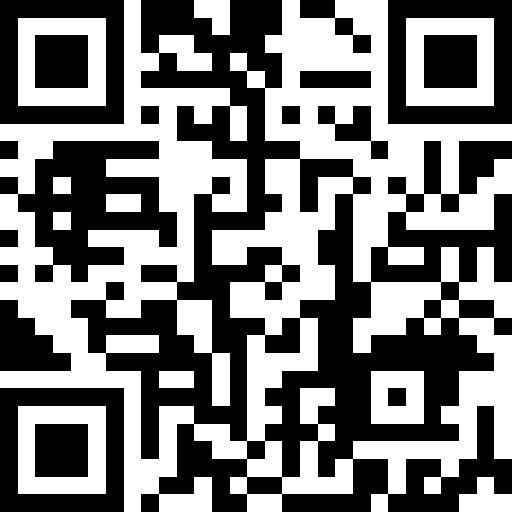Information
-
General Laboratory Inspection
-
Client / Site
-
Conducted on
-
Prepared by Bobby Clark
-
Personnel
Hazards
Radiation Safety
-
Radioactive Materials
-
X-rays
-
Lasers
Biosafety
-
Level 2 or higher
-
Bloodborne Pathogens
-
Toxins
Chemicals
-
Particularly Hazardous Substances
-
Peroxide Formers
-
Pyrophorics
-
Water Reactives
-
Mercury
-
DEA Controlled Substances
-
Explosives
-
Compressed Gases
-
Corrosives
-
Flammables
-
Hydrofluoric Acid
Documentation and Training
-
All appropriate safety manuals and documents available?
-
Laboratory Hazard Assessment completed?
-
Required training completed?
-
Standard operating procedures (SOPs) written for highly hazardous chemicals or non-standard procedures?
-
Current chemical inventory present?
-
Safety Data Sheets (SDSs) available?
-
SDS location known to employees?
Emergency Information and Fire Safety
-
Lab sign posted and up to date?
-
Hazards properly characterized on the sign?
-
Items not stored too close to the ceiling?
-
Fire extinguisher present and not obstructed?
-
Fire extinguisher inspection up to date?
Personal Protective Equipment (PPE)
-
Proper PPE worn based on hazards?
-
Eye protection available?
-
Lab coats available?
-
Gloves compatible with hazard are available?
-
Other PPE available (as needed)?
-
PPE not worn outside of lab?
-
Respirators not in use unless authorized?
General Safety
-
Exits not blocked?
-
Lab doors closed?
-
Lab access controlled?
-
Windows in lab doors not obstructed?
-
Safety shower/eyewash present?
-
Eyewash and safety shower not obstructed (16" radius)?
-
Eyewash and safety shower testing up to date?
-
Spill cleanup materials present?
-
Gas cylinders properly secured?
-
Gas cylinders properly stored?
-
Lab equipment properly labeled?
-
Sink available for hand washing?
-
Soap available for hand washing?
-
No slipping or tripping hazards?
-
Mechanical devices available for pipetting?
Housekeeping
-
No food or drink in the lab?
-
No chemical storage on the floor (unless secondarily contained)?
-
Broken glass container available and containing only approved items?
-
Sharps container available and containing only approved items?
-
Minimal glassware in sink?
-
Overall housekeeping good?
Chemical Safety, Storage and Compatibility
-
Chemical storage in good condition?
-
Chemical storage cabinets properly labeled?
-
Less than 10 gallons of flammables outside flammable storage cabinets?
-
Less than 10 additional gallons of flammables outside storage cabinets in approved safety cans?
-
Less than 60 gallons of flammables stored in the lab total and three or less flammable cabinets?
-
Containers properly labeled?
-
Chemicals segregated and stored based on compatibility?
-
Chemical containers in good condition?
-
Peroxide forming chemicals properly labeled, segregated and stored?
-
Water reactive chemicals properly labeled, segregated and stored?
-
Pyrophoric chemicals properly labeled, segregated and stored?
-
Explosive chemicals properly labeled, segregated and stored?
-
Chemicals dated with date received?
-
Chemical containers kept closed?
-
If hydrofluoric acid is present, proper safety precautions followed?
Fume Hoods and Biological Safety Cabinets (BSCs)
-
Vented cabinets vented properly?
-
Fume hood certification current?
-
Sash at or below indicated height?
-
Minimal clutter in hood and baffles not obstructed?
-
In use hood not used for storage?
-
Alarm or monitor installed and operational?
-
Sash in good condition?
-
No other critical fume hood issues?
-
BSC certified in the last year?
-
Front grill of BSC not obstructed?
-
Disinfectant trap in use for vacuum lines?
-
BSC not too cluttered?
Chemical and Biological Waste
-
Waste containers properly labeled?
-
Waste containers closed?
-
Waste containers in good condition?
-
Waste containers properly segregated?
-
Waste containers dated and not past 6 months?
Mechanical and Electrical Safety
-
Moveable parts guarded?
-
Electrical panels accessible?
-
Plugs, cords and outlets in good condition?
-
No extension cords used in lieu of hard wiring?
-
No daisy chaining of power strips?
-
Outlets within 48" of water source GFCI?
Inspection Closure
-
The inspection is considered still open until all of the following criteria are met:
1) A score of 80% or higher is achieved
2) The are no outstanding critical deficiencies
3) The Principal Investigator is satisfied with the inspection score and does not wish a subsequent inspection
If the closure criteria are not met at the conclusion of the initial check, a subsequent inspection will occur within 2 weeks to attempt to close the inspection. If the inspection cannot be closed after the subsequent check, the escalation process will be utilized.







